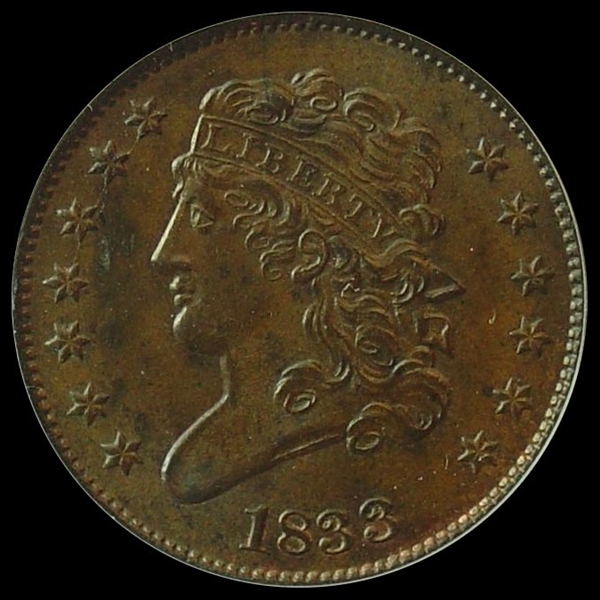In the dark world of the constant price increases, there was a man who sought to slaughter these prices and to make things reasonable. He created a newspaper which would attract a larger class of people and did so in one of the busiest cities in the United States, New York City. The man was Benjamin Day, the year was 1833 and the paper was The Sun, the price was a mere one cent, a penny.
Just imagine paying $32,000 for the Porsche 911 G2 with the msrp of $194,000 or paying $408 for the Gucci ‘G Wave’ purse with an online price of $2450. That is exactly what Benjamin Day, William M. Swain, Arunah S. Abell, Horace Greeley, and Henry J. Raymond were offering to the public of the United States with their penny papers. They were offering the news on printed paper for 1/6 the price of most other papers in America.
One of the biggest differences between the penny papers and those other expensive newspapers was the language used in the writing. It was still English, but most penny papers used a more simplistic way of writing which would be read easier by the general public. The boom in education during this time and the increased literacyrates also helped the penny press gain popularity. It is reported that during this time the illiteracy rate fell to 9 percent among twenty year old caucasians. This meant that roughly 90 perfent of the white population could read and no doubt had a desire for the news.
While the printed word reflected the news fairly well, Benjamin Day was not above a little sensationalism. In 1835, Benjamin Day saw his paper have the largest circulation in the world up to that point. This 19,360 newspaper circulation owed her success to a made up story of a man-bats living on the moon. The whole country was enthralled by this story and waited for the next series when, after the forth, it was reported that the telescope used to see these man-bats was destroyed



Leave a response